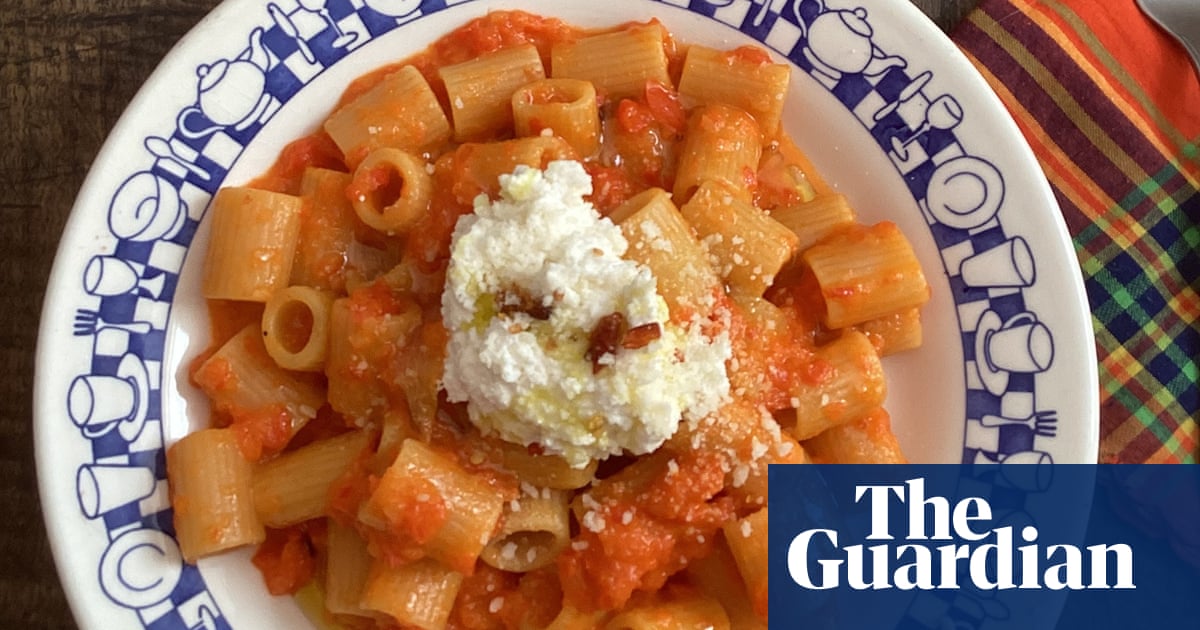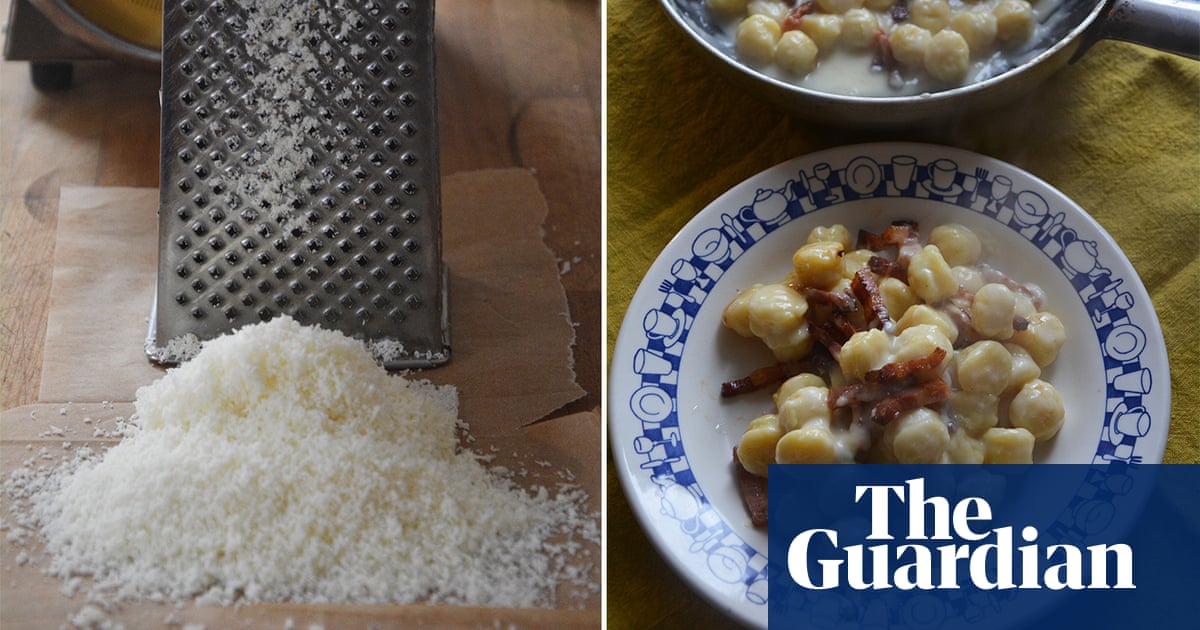
“In the beginning was the gnocco.” When I first read that line by Corrado Barberis, president of Italy’s National Institute of Rural Sociology, I got slightly hysterical. Let me explain: it was last summer, inordinately hot, and I was holed up in a dark room writing a book about pasta, or rather 50 stories about 50 shapes, and things were not going well. In fact, they were going very badly, and I hated the book, myself and everyone I could hear having what sounded like the time of their lives in the piazza below.
After looking for the answer on social media, then feeling even worse, I picked up the masterpiece that is Oretta Zanini de Vita’s Encyclopedia Of Pasta. Now, I should add that at the time we were working our way through The Hobbit and Lord of the Rings double trilogy at home, so I may have been influenced by that when I opened it looking for a sign.
Unsurprisingly, the book fell open at the page with a bookmark, and a Post-it marking a scholarly essay by Barberis about the origins of pasta. So, in truth, I had read that first line many times before, but, like so much that passes my eyes, ears and mouth, I hadn’t really seen it until that moment. “In the beginning was the gnocco,” which he borrows from the German knödel, or dumpling; that is to say, a huge mass of flour and water, the pasta mother from which all shapes evolve. After that, it gets much more complicated and, well, there are 13,000 identified names for pasta, all of them suspended in history and geography, and under the immense gravitational pull of pride and passion. But that didn’t matter in that moment. Barberis had given me this image – part biblical, part Douglas Adams, part Tony Hart – that pasta is as simple as a great, big mass made into many shapes.
One of which is a small gnocco, an ancient shape whose evolution is intertwined with that of ravioli, whose history is also tied up with nudity. For a long time, the word gnocco was used for many shapes, but most often for little lumps made from a big lump consisting of whatever was available: flour – any flour – and water; also, breadcrumbs, vegetables, later potatoes and cheese. And ricotta, maybe my favourite of the gnocchi family at this particular moment, for their plump lightness.
As is so often the case in this column, this isn’t really a recipe, but a way – and one that invites improvisation, too. The proportions of the ingredients can be adjusted according to whether you prefer your gnocchi firmer or softer. Pancetta or bacon and peas are an alternative to butter and sage, while orange and mint work beautifully, too – you decide. In the beginning is the gnocco and the cook; at the end, the eater.
Ricotta gnocchi with sage and lemon
Serves 4
250g ricotta, well-drained and blotted with kitchen paper
2 egg yolks, beaten
50g pecorino, grated
50g parmesan, grated
90g semolina or all-purpose flour
60g butter
15 sage leaves
1 unwaxed lemon, zested, plus a few squeezes of juice
Salt and black pepper
In a large bowl, mix the ricotta, egg yolks, pecorino and half the parmesan. Add the flour and mix gently to form a dough – do not overmix. Lift the dough on to a floured surface or a pasta board, and knead gently for a minute or so.
Divide the dough into quarters, then, working with floury hands, roll each quarter into a rope the width of a large cigar. Cut each rope into pieces the size of a large lozenge; if you like, make an indent either by pressing your thumb into the lozenge or by rolling each one against a fork or ridged board.
In a frying pan set over medium heat, melt the butter until it foams gently. Add the sage leaves, lemon zest and a few squeezes of lemon juice, leave to sizzle a bit longer, then set aside over a low heat to keep it all warm.
Bring a large pan of water to a gentle boil, add salt and, when the water comes back to a boil, add the gnocchi. Once they bob back to the surface, they are done, so lift them out with a slotted spoon, sieve or spider sieve, blot the underside briefly, then transfer to a platter. Pour over the butter, top with the remaining grated parmesan and serve.












